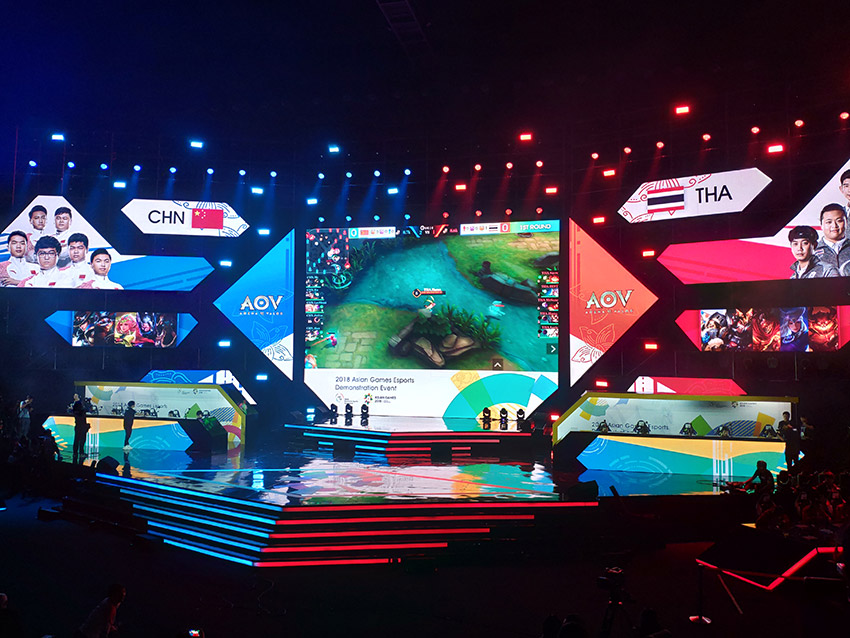Industry news
Determinants of Full Color LED Display for video advertising show.
The choice of LED has already determined over 50% of the quality of the entire display screen. If the LED is not selected properly, no matter how good the other components of the display screen are, they cannot compensate for the quality defects of the display screen. The most critical component of a full color LED display screen is the LED device. There are three reasons: firstly, LED is the most commonly used key component in full color screen machines, with thousands to tens of thousands of LEDs per square meter used; Secondly, LED is the main body that determines the overall optical display performance of the screen, directly affecting the audience’s evaluation of the display screen; Thirdly, LEDs account for the largest proportion of the overall cost of display screens, ranging from 30% to 70%.
Determinants of Full Color LED Display
The quality and parameters of dedicated full-color LED display screens can be summarized into the following five main elements:
1. Inefficiency
Due to the fact that LED full color displays consist of tens of thousands or even hundreds of thousands of pixels composed of red, green, and blue LEDs, the failure of any color LED will affect the overall visual effect of the display screen. Generally speaking, according to industry experience, the failure rate of LED display screens should not exceed 3/10000 (referring to the failure caused by the LED device itself) from the beginning of assembly to 72 hours before shipment.
2. Antistatic ability
LEDs are semiconductor devices that are sensitive to static electricity and are prone to electrostatic failure. Therefore, their anti-static ability is crucial for the lifespan of display screens. Generally speaking, the failure voltage of LED’s human electrostatic mode test should not be lower than 2000V.
3. Attenuation characteristic
Red, green, and blue LEDs all exhibit a characteristic of brightness decay with increasing working time. The quality of LED chips, the quality of auxiliary materials, and the level of packaging technology determine the attenuation speed of LEDs. Generally speaking, after a 1000 hour, 20 milliampere room temperature illumination test, the attenuation of red LEDs should be less than 10%, and the attenuation of blue and green LEDs should be less than 15%. The consistency of red, green, and blue attenuation has a significant impact on the white balance of full color LED displays in the future, which in turn affects the display fidelity of the display.
4. Brightness
LED brightness is an important determining factor of display screen brightness. The higher the brightness of the LED, the greater the margin of current usage, which is beneficial for saving power consumption and maintaining LED stability. LEDs have different angle values. When the chip brightness is set, the smaller the angle, the brighter the LED, but the smaller the viewing angle of the display screen. Generally, 100 degree LED should be selected to ensure sufficient viewing angle of the display screen. For displays with different point spacing and viewing distances, a balance should be found between brightness, angle, and price.
5. Consistency
A full color display screen is composed of countless pixels composed of red, green, and blue LEDs. The consistency of brightness and wavelength of each color LED determines the brightness consistency, white balance consistency, and chromaticity consistency of the entire display screen. Generally speaking, display screen manufacturers require device suppliers to provide LEDs with a wavelength range of 5nm and a brightness range of 1:1.3. These indicators can be graded by the device supplier through a spectrophotometer. The consistency of voltage is generally not required.
